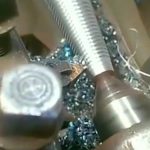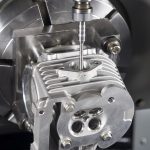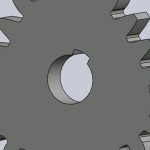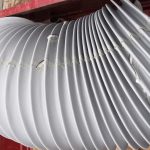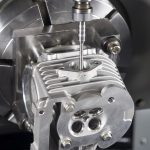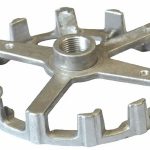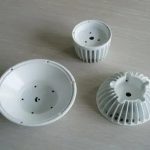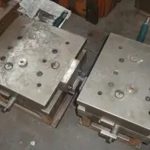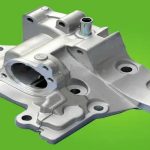
Generally, clean steel refers to a steel grade that has a low content of five major impurity elements (S, P, H, O, N) in steel, and strictly controls non-metallic inclusions (oxides, sulfides) in the steel. The general measures to reduce the content of [H], [O] and [N] in steel include:
1, [H] content
(1) Vacuum degassing
“Reducing PH2 can reduce the solubility of hydrogen in steel, so vacuum degassing can be used to reduce the content of [H] in steel.
(2) Reduce the moisture content of the material
80% of the hydrogen in molten steel comes from raw materials, refractory materials and moisture in the atmosphere. Attention should be paid to the baking of ladle, tundish, ferroalloy, auxiliary materials, especially lime.
In addition, the direct contact of molten steel with the atmosphere should be reduced: the molten steel after vacuum treatment should avoid powering up again, and the argon pressure should be controlled to prevent the molten steel from being exposed; at the same time, protection should be done during pouring.
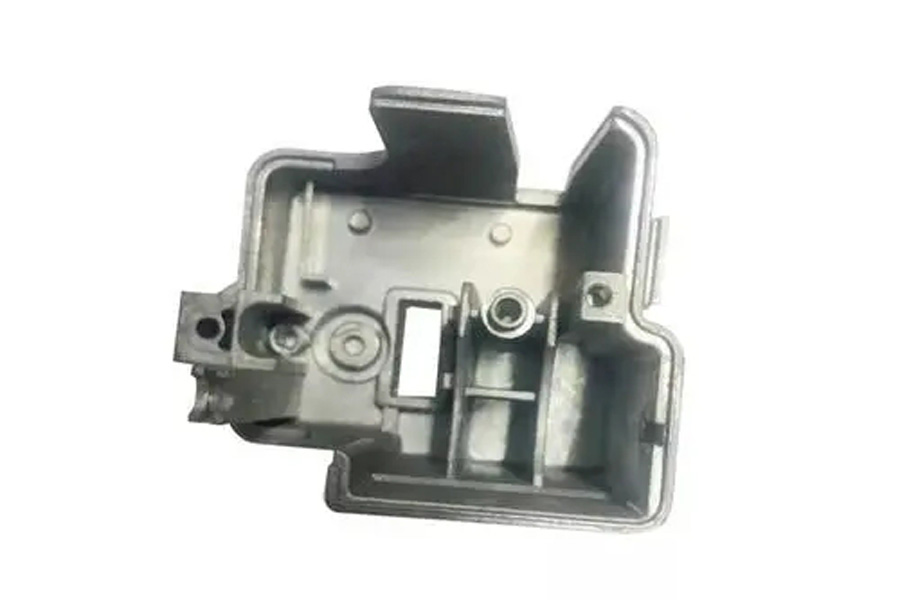
2, [N] content
is similar to the method of reducing [N] content in steel. In the control to reduce the [N] content in steel, in addition to vacuum treatment of molten steel and reducing the contact of molten steel with the atmosphere, the focus is on the control of alloy content.
During operation, the elements that reduce the nitrogen content in steel (Si, Ni) are increased to the upper limit of the specification, and the elements that increase the nitrogen content in steel (Mn, Cr, Mo, V, Nb) are controlled within a certain range as far as possible to reduce Its negative effects.
3, [O] content
(1) Out-of-furnace refining of molten steel
The refining process can remove about 80% of the inclusions in the molten steel.
(2) Improve the control accuracy of the C content at the end point of the electric furnace
Try to improve the end point control accuracy when blowing oxygen in the electric furnace to reduce overblowing.
(3) Prevent slagging
The technology of slag flowing before tapping, eccentric bottom tapping and sufficient molten steel reserved in the furnace is adopted to prevent slagging.
(4) Deoxidizer control
A. Reasonable order of joining. The order of adding deoxidizer is as follows: before tapping, add a small amount of Fe-Mn in the ladle, add Fe-Si after tapping, and use a wire feeder to feed Al when refining outside the refining station.
B. Appropriate Mn/Si ratio. When Mn/Si>2.5, typical MnO-SiO2 is formed and easily rises.
C. Appropriate Al content range. When [Al] = 00.01-0.02%, the corresponding T[O] is the lowest.
D, final deoxygenation. In order to strengthen deoxidation, Si-Ca is used for final deoxidation after refining.
(5) Control the slag well
Control the slag composition, temperature, and slag amount to improve the ability of inclusions to dissolve in the slag phase.
(6) Suitable stirring intensity
Appropriate agitation is used to emphasize that inclusions can be removed without involving steel slag in molten steel. In addition, soft argon blowing can be used before the refining is finished.
Please keep the source and address of this article for reprinting: Measures to reduce the content of hydrogen, oxygen and nitrogen in steel
Link to this article:Measures to reduce the content of hydrogen, oxygen and nitrogen in steel
Reprint Statement: If there are no special instructions, all articles on this site are original. Please indicate the source for reprinting:Mold Wiki,Thanks!^^

